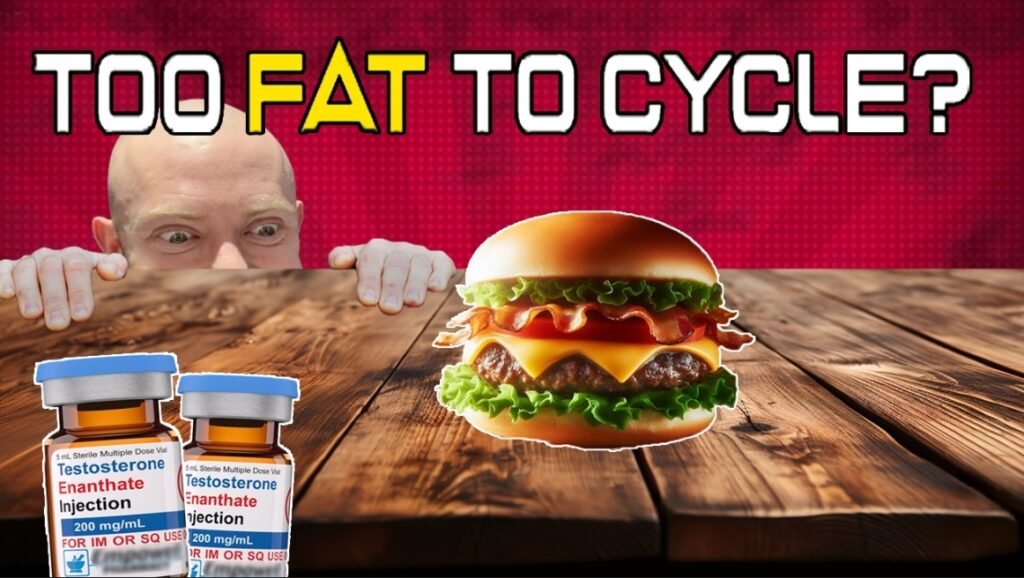Keys to retaining maximum muscle post-cycle

Intro
This post will be dedicated to strategies aimed at retaining as much muscle post-cycle as possible.
I would say that it’s impossible to retain it all, particularly if you PCT, and I’ll go into why later – I would say however that it’s possible to retain almost all of it if you decide to transition to a TRT/cruise instead, if an intelligent approach is taken and the right strategies are used which this article will dive into.
The sad reality
Alot of guys are under the illusion that they’ll do one cycle ride off into the sunset with their gains, keep everything and then never touch anabolics again.
While this is nice to believe, it’s largely a pipedream and it’s almost as ridiculous as putting a more powerful engine in a car then removing it and expecting it to retain all of it’s performance.
While we’re not cars and the human body is different – it’s a decent analogy.
When you remove the powerful anabolic stimulus that’s being provided by the steroids, it’s silly to expect to maintain those supraphysiological performance outputs, growth rates and size.
The difference between dropping to a TRT cruise Vs. doing a PCT
There’s actually a big difference between what you’ll keep and lose depending on whether you choose to drop to a TRT cruise or do an actual PCT. I’ll explain why in the sections below.
TRT/Cruise
When you drop to a TRT/cruise dose after using supraphysiological levels of androgens you’re able to essentially ‘skip’ the recovery process required to bring your hormone levels back up to a point where they can optimally sustain muscle mass.
While you will still lose most of the supraphysiological compensation of intramuscular nitrogen and glycogen, this isn’t actually contractile muscle tissue.
And it’s possible to retain most of the ACTUAL tissue you’ve built if you follow the approach I describe later on.
PCT
If you want to PCT, then expect to lose a lot more. Upwards of 50%. This is because cortisol which is your bodies main catabolic hormone has an inverse relationship with testosterone (and other androgens).

So when testosterone is high, cortisol is suppressed via the antagonism of the glucocorticoid receptor. Which is what androgens bind to, to block cortisol’s catabolic effects. Some do this more potently than others.
The most powerful is trenbolone, on paper it’s x5 stronger than testosterone. It works on as a very potent glucocorticoid receptor antagonist which means it directly blocks and downregulates these receptors to stop cortisol binding and eliciting the catabolic breakdown of muscle tissue. That’s why it is leveraged so hard in content prep and cutting cycles because it is very powerful at inhibiting muscle protein breakdown even under conditions of severe and prolonged calorie restriction.
Without trenbolone.

With trenbolone.

The combination of high cortisol and bottomed out androgens is a recipe for protein breakdown. This is why guys will typically lose a lot more muscle by doing a PCT than if they had cruised instead.
With that said, a solid PCT will give you a much better chance than no PCT or an inadequate PCT will.
MINIMIZING this period of heightened cortisol and crashed androgens is crucial to maintaining as much muscle as possible so I highly recommend a solid PCT protocol.
Strategies to retain the maximum amount of muscle possible.
Here’s how I recommend approaching training & diet in order to MAXIMIZE muscle retention.
Training
On the training side of things, you can expect a performance decrease when anabolics are dropped entirely or reduced in dose.
It’s very important that you do everything you can to try and maintain the weights that you’re lifting and instead reduce the volume a bit, this is because recovery is also going to take a hit without the supraphysiological androgens there to increase muscle recovery rates.
So what would this look like in practice?
Let’s say, peak cycle you’re incline dumbbell pressing 45kgs for 10 reps and doing 3 sets of that.
When you come off cycle, do your best to maintain 45kg and if necessary, cut a set or reps.
The reason behind trying to maintain the weight is to send what I like to call a ‘counter-catabolic signal’ to your body that you still need the muscle there required to lift 45kgs.
You can really think of your body as an adaptation machine, and the problem is when you start dropping the weight is that you are telling it to adapt to a lesser stimulus so the muscle is catabolized – because you’re indirectly telling it that it’s not needed anymore.
Muscle is metabolically very expensive, and if it’s not needed – it will atrophy!
Diet
Calories are another huge anabolic factor, and it’s best to try and maintain high proteins rates of 1g per pound of bodyweight. This is particularly important when you remove anabolics, I would recommend that a slight calorie surplus is used, at least until your pre-cycle hormone levels are restored to help offset catabolism.
Not enough protein will compound the losses and leave you much more vulnerable to muscle loss.
Moderate to high carbohydrates should be used to give your body the fuel it needs to not have to tap into the muscle as an energy source.
To minimize fat gain, avoid an excessive caloric surplus rather than just lowering dietary fats. The removal of androgens can lead to higher cortisol levels, increasing the risk of muscle loss and fat storage, especially in the abdominal area.
However, ensure adequate intake of essential fats (omega-3 & omega-6), as they are critical for hormone production, regulation, and overall metabolic health. A balanced fat intake helps maintain testosterone levels and reduce excess cortisol, promoting better body composition.
In summary
Although a dip in performance is to expected as well as a potential loss of tissue (particularly if choosing to PCT). These strategies will give you the best chance of retaining as much tissue as possible.
- Eat in a small caloric surplus with no less than 1g per pound of body protein intake daily.
- Do your best to maintain strength in the gym and cut reps and sets before reducing weight.
- Temper your expectations ahead of time and expect some degree of loss.


